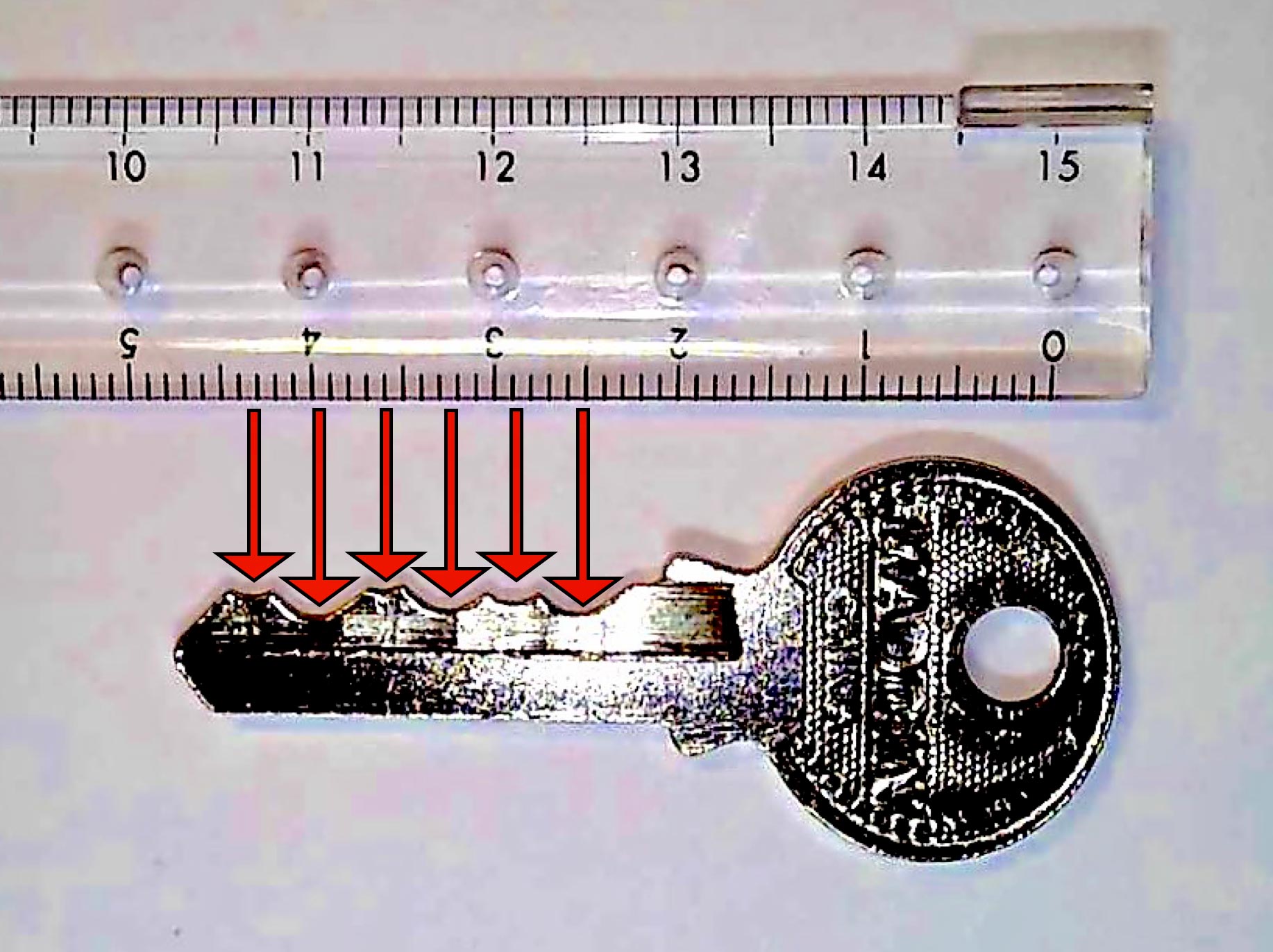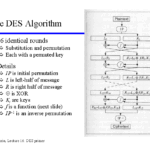When it comes to security, the importance of the key space— the arrangement and dimensions between the pins within a lock—is often overlooked. But how do you determine whether your key space is ample enough to keep your belongings secure? This question encompasses various facets of lock design and function. In an era where unauthorized access is a rising concern, understanding the intricacies of key spaces is not just prudent but imperative to safeguarding your assets.
The pivotal role of key space cannot be understated. It acts as the first line of defense against one of the most prevalent forms of unauthorized entry: lock picking. A narrow or poorly designed key space can significantly compromise a lock’s efficacy, making it supremely vulnerable to manipulation. Thus, unraveling the optimal dimensions for a secure key space starts with examining its principal components— the pins, springs, and the key itself.
To challenge the typical notion of key size— what if the dimensions were off? What if a slightly wider or narrower key space could lead to catastrophic security failures? This notion begs scrutiny and invites a more profound analysis into the parameters that dictate security effectiveness.
Initially, understanding the basic anatomy of a lock provides valuable insights. Lock mechanisms typically consist of a series of pins that align with a corresponding key. When the correct key is inserted, the pins are elevated to the shear line, allowing the lock to turn and open. If the key space is excessively wide, it could cause misalignment, giving rise to vulnerabilities. Conversely, if it is too narrow, it may hinder the smooth operation of the locking mechanism.
Next, one must assess the interplay between the key and the lock. The correlation between the key’s profile—particularly its cuts and grooves— and the lock’s internal pins is crucial. A well-crafted key profile that accommodates a well-proportioned key space ensures optimal engagement with the lock’s pins, enabling a seamless operation. Conversely, an ill-fitting key could inadvertently furnish intruders with an easier route to manipulation.
Security experts often advocate for a standardized set of dimensions in key space to foster uniformity across various locks. However, as technology progresses, so does the complexity of lock designs. This evolving landscape introduces hybrid locks, combining traditional mechanical systems with electronic components. Therefore, stratifying key spaces based on lock type becomes essential to discern the varying security implications.
For example, traditional pin tumbler locks typically require standardized key space designs, often measuring between 0.7mm to 1.5mm between each pin. However, high-security locks introduce additional pins, non-standard diameters, and security features like sliders or rotating discs, thus complicating key space attributes. As such, when evaluating the security of a lock, examining whether its key space adheres to these standards can be a significant indicator of its efficacy.
Moreover, the functionality of a lock is exacerbated by environmental factors. Extreme temperatures, moisture levels, and corrosion can degrade both the lock cylinder and the accompanying key space. Rust or debris accumulated within a lock can adversely affect the performance of a key, making it even more susceptible to undesired access. Regular maintenance and inspection of locks can therefore enhance security protocols, providing an additional layer of assurance against vulnerabilities.
Another interesting aspect to consider is the psychological element of security. Users often perceive certain types of locks—such as those with complex key spaces and distinct profiles— as inherently more secure. This perception can result in the underestimation of vulnerabilities presented by more traditional locks, thus clouding practical assessments. Awareness and education surrounding key space dimensions, alongside the accompanying mechanisms, are instrumental in debunking myths surrounding lock security.
Finally, it is imperative to explore future trends in key space design. As locksmithing evolves, so too do techniques for enhanced key space security, integrating advanced materials and technologies. Innovations such as keyless entry systems and biometric locks present alternatives to traditional key space measurements. However, with innovation comes new challenges, such as the potential for cybersecurity threats and lock failures.
In conclusion, determining whether your key space is sufficiently secure is not a straightforward endeavor; rather, it requires a comprehensive understanding of lock design, regular maintenance, and awareness of emerging technologies. The interplay between key aesthetics and practical functionality can yield profound implications for security efficacy. Evaluating key space dimensions, coupled with a thorough grasp of mechanical principles and environmental influences, can furnish you with the knowledge necessary to ascertain the integrity of your locking systems.
So, the next time you engage with your lock and key, ponder the dimensions of your key space. Are they sufficient to withstand the test of time and the trials of the unscrupulous? The security of your domain may well rest upon the precision of those seemingly innocuous distances.









Leave a Comment